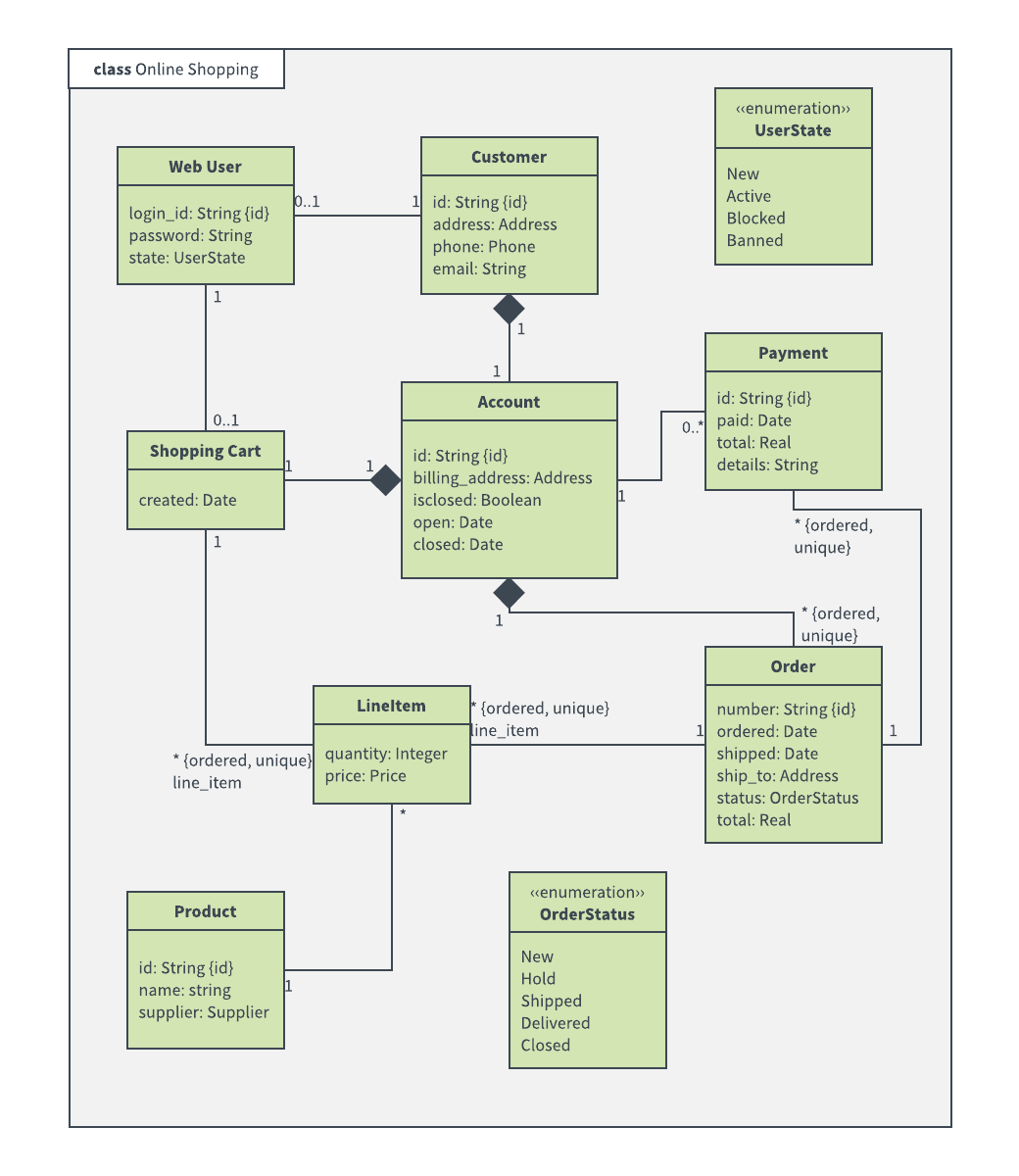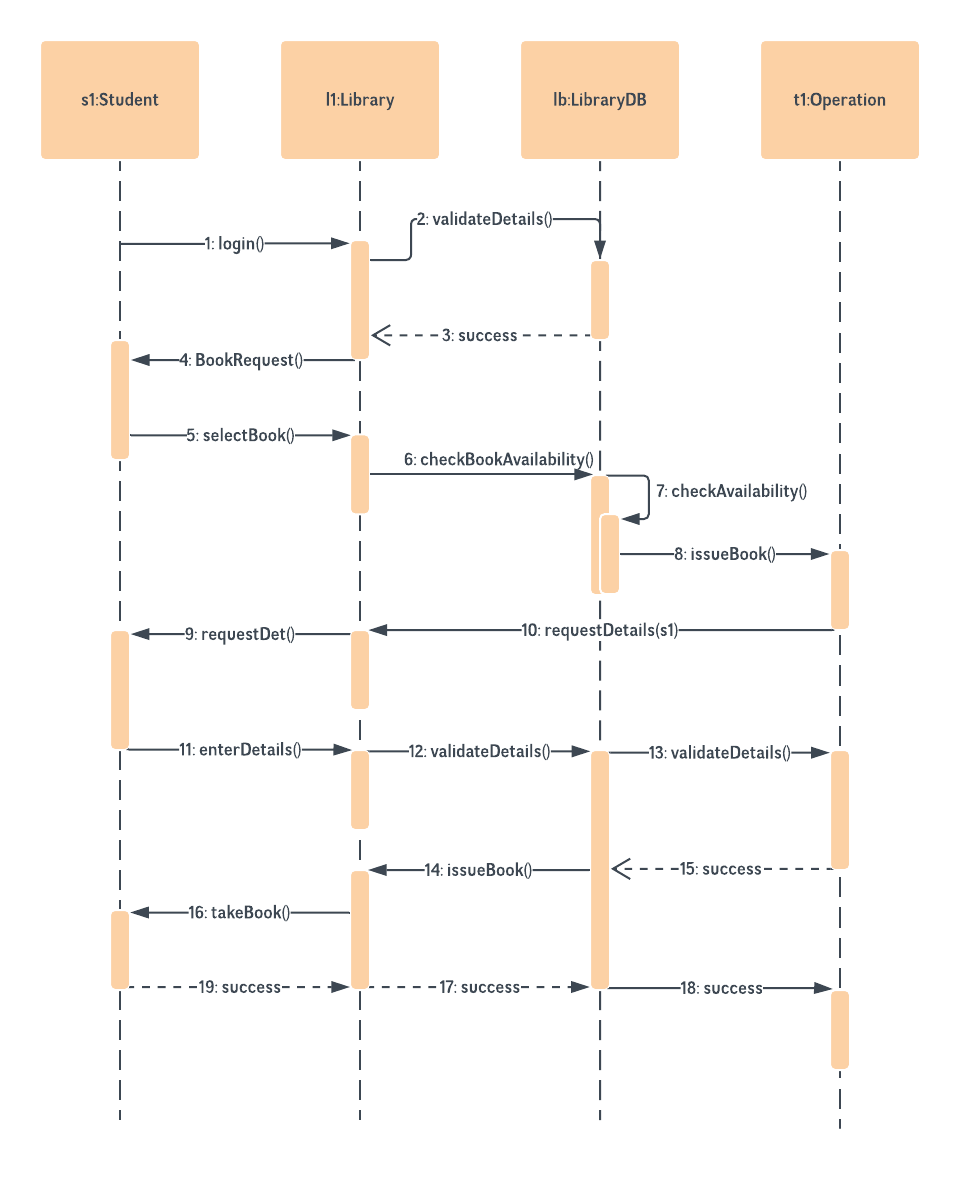In part 1 of documentation to have for your application, we discussed documents such as ERDs and API Documentation. As well as, Server Documentation and Deployment Process Documentation. In this blog post, we will be focusing specifically on Unified Markup Language (UML) Diagrams because there are many different kinds to talk about. Furthermore, before we can go into the different kinds, we first need to understand what UML Diagrams are and their purpose.
As has been noted, UML Diagrams are used to document and model software. They are meant to be visual representations of how a system works. In other words, they give the user better views of flows and processes to spot issues for errors or gaps in the system.
There are many different types of UML diagrams that can be prepared for a system. However, some of the most common or popular types are Activity Diagrams, Class Diagrams, Sequence Diagrams and Use Case Diagrams.
UML Activity Diagrams
Activity diagrams are similar to flowcharts. Which means that they can replace flowcharts as needed. That is, because they show the business process and flow of actions and activities taken.

UML Activity Diagram from LucidChart
UML Class Diagrams
Moreover, we use class diagrams to show the relationships between objects. Whether that be between classes, their attributes, and functions.

UML Class Diagram Example from LucidChart
UML Sequence Diagrams
Evidently, sequence diagrams like the name implies; show the sequence of interactions between actors and objects in the system. Evidently, a sequence diagram is another great diagram to have for outlining and visually depicting business processes.
UML Sequence Diagram Example from LucidChart
UML Use Case Diagrams
Lastly, Use Case diagrams analyze high-level requirements of the system. They consist of actors who can be considered the users (human or machine) that interact with the system, functional requirements that are the use cases (activity) that need to happen, and relationships that connect the actors and the use cases together.
UML Use Case Diagram Example from LucidChart
For additional learning, watch these LucidChart tutorials:
Are you in need of a reliable partner to build or fix your application? Look no further! Grata Innovation is here to help. With our expertise in application development and troubleshooting, we are dedicated to delivering top-notch solutions tailored to your specific needs. So don’t wait contact us today!

